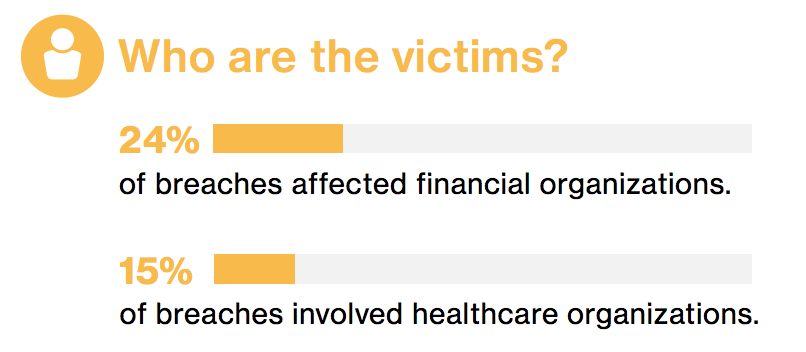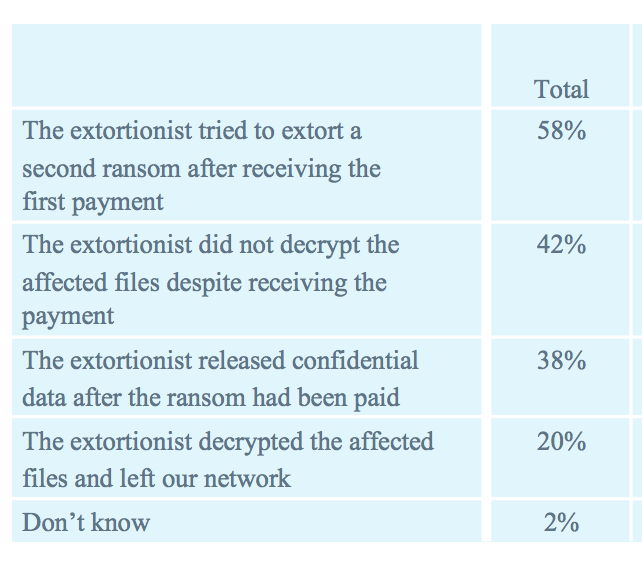Development: the act, process, or result of developing, the development of new ideas. This is one of the Merriam-Webster definitions of development.
It doesn’t really matter what you call it…dev, development, stage, test. Software applications tend to be in flux, and the developers, programmers, testers, and ancillary staff need a place to work on them.
Should that place be out on the internet? Let’s think about that for a minute. By their very nature, dev environments aren’t complete. Do you want a work in progress, with unknown holes, to be externally facing? This doesn’t strike me as the best idea.
But, security peeps, we HAVE to have it facing the internet – because REASONS! (Development types…tell me what your valid reasons are?)
And it will be fine – no one will find it, we won’t give it a domain name!
Security through obscurity will not be your friend here…with the advent of Shodan, Censys.io, and other venues…they WILL find it. Ideally, you should only allow access via VPN or other secure connection.
What could possibly go wrong? Well, here’s a short list of SOME of the things that MSI has found or used to compromise a system, from an internet facing development server:
- A test.txt file with sensitive information about the application, configuration, and credentials.
- Log files with similar sensitive information.
- .git directories that exposed keys, passwords, and other key development information.
- A development application that had weak credentials was compromised – the compromise allowed inspection of the application, and revealed an access control issue. This issue was also present in the production application, and allowed the team to compromise the production environment.
- An unprotected directory that contained a number of files including a network config file. The plain text credentials in the file allowed the team to compromise the internet facing network devices.
And the list keeps going.
But, security peeps – our developers are better than that. This won’t happen to us!
The HealthCare.Gov breach https://www.csoonline.com/article/2602964/data-protection/configuration-errors-lead-to-healthcare-gov-breach.html in 2014 was the result of a development server that was improperly connected to the internet. “Exact details on how the breach occurred were not shared with the public, but sources close to the investigation said that the development server was poorly configured and used default credentials.”
Another notable breach occurred in 2016 – an outsourcing company named Capgemini https://motherboard.vice.com/en_us/article/vv7qp8/open-database-exposes-millions-of-job-seekers-personal-information exposed the personal information of millions of job seekers when their IT provider connected a development server to the internet.
The State of Vermont also saw their health care exchange – Vermont Connected – compromised in 2014 https://www.databreachtoday.asia/hackers-are-targeting-health-data-a-7024 when a development server was accessed. The state indicates this was not a breach, because the development server didn’t contain any production data.
So, the case is pretty strongly on the side of – internet facing development servers is a bad idea.
Questions? Comments? What’s your take from the development side? I’d love to hear from you – lwallace@microsolved.com, or @TheTokenFemale on Twitter!
If you would like to know more about MicroSolved or its services please send an e-mail to info@microsolved.com or visit microsolved.com.





